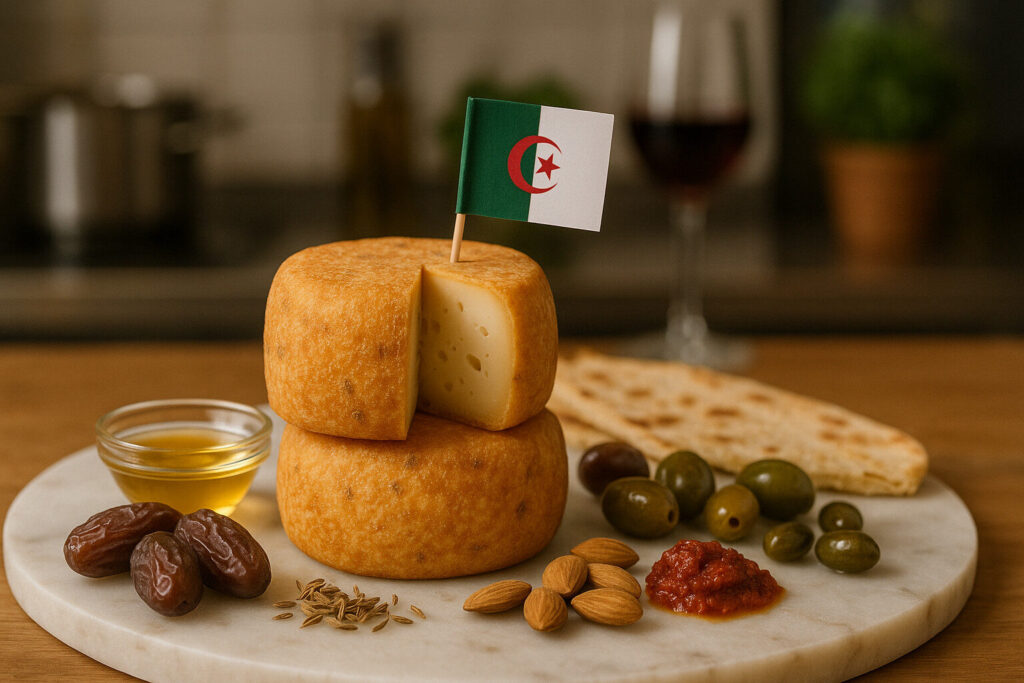Cheese Of Saharan Region
Definition and Scope
Saharan region cheeses originate from arid North African territories spanning Mauritania to Sudan. These dairy products utilize milk from desert-adapted animals like dromedary camels, goats, and Barbary sheep. Their production reflects nomadic traditions and extreme climate adaptations through preservation techniques.
The category encompasses fresh cheeses like Moroccan Jben alongside aged varieties such as Tunisian Bouhezza. These cheeses demonstrate remarkable diversity despite shared environmental constraints of scarce water and high temperatures. Their regional scope excludes Mediterranean coastal cheeses with European influences.
Production Methods
Traditional Saharan cheese-making employs animal stomach membranes or wild thistle flowers as coagulants instead of commercial rennet. Milk fermentation occurs in goat-skin bags called “chekoua” in Algerian traditions, allowing controlled acid development. These methods ensure preservation without refrigeration in desert conditions.
Sun-drying represents the primary preservation technique, creating hard, transportable cheeses for nomadic journeys. Some varieties undergo burial in sand to regulate humidity and temperature during aging. Modern adaptations include stabilized dairy cooperatives using pasteurization while maintaining traditional flavor profiles.
Sensory Profile
Saharan cheeses typically present pronounced salty notes from either natural milk minerals or added sea salt. Their textures range from crumbly and granular in sun-dried varieties to creamy in fresh versions. Camel milk cheeses exhibit distinctive sweet-umami flavors with gamy undertones.
Aged specimens develop complex aromas of dried herbs and earthy notes from desert microflora. The lack of humidity during maturation creates concentrated flavors with minimal mold development. These sensory characteristics differ markedly from European cheeses due to unique fermentation microbiota.
Culinary Applications
Traditional consumption involves grating hardened cheeses over couscous or dissolving them in savory tagines. Fresh varieties often accompany flatbreads like msemen and are incorporated into breakfast dishes. Their high salt content makes them effective flavor enhancers in sparse desert cuisines.
Modern chefs utilize these cheeses as specialty ingredients in fusion dishes, particularly where robust flavor is desired. Crumbled aged varieties serve as premium toppings for salads and roasted vegetables. Their thermal stability makes them suitable for baking in traditional breads like kesra.
Regional Examples
Algeria produces Bouhezza, a skin-matured cheese using spontaneous fermentation in goat-hide containers. Libya’s traditional cheese involves sheep’s milk preserved with desert herbs and sun-drying techniques. These products remain central to Tuareg and Bedouin food cultures across the Sahara.
Mauritanian camel milk cheese features lightly smoked varieties using acacia wood. Sudanese white cheese utilizes goat milk and is often stored in clay pots sealed with olive oil. Contemporary production centers exist in oasis towns like Timbuktu and Ghardaïa, maintaining historical methods while supplying urban markets.

